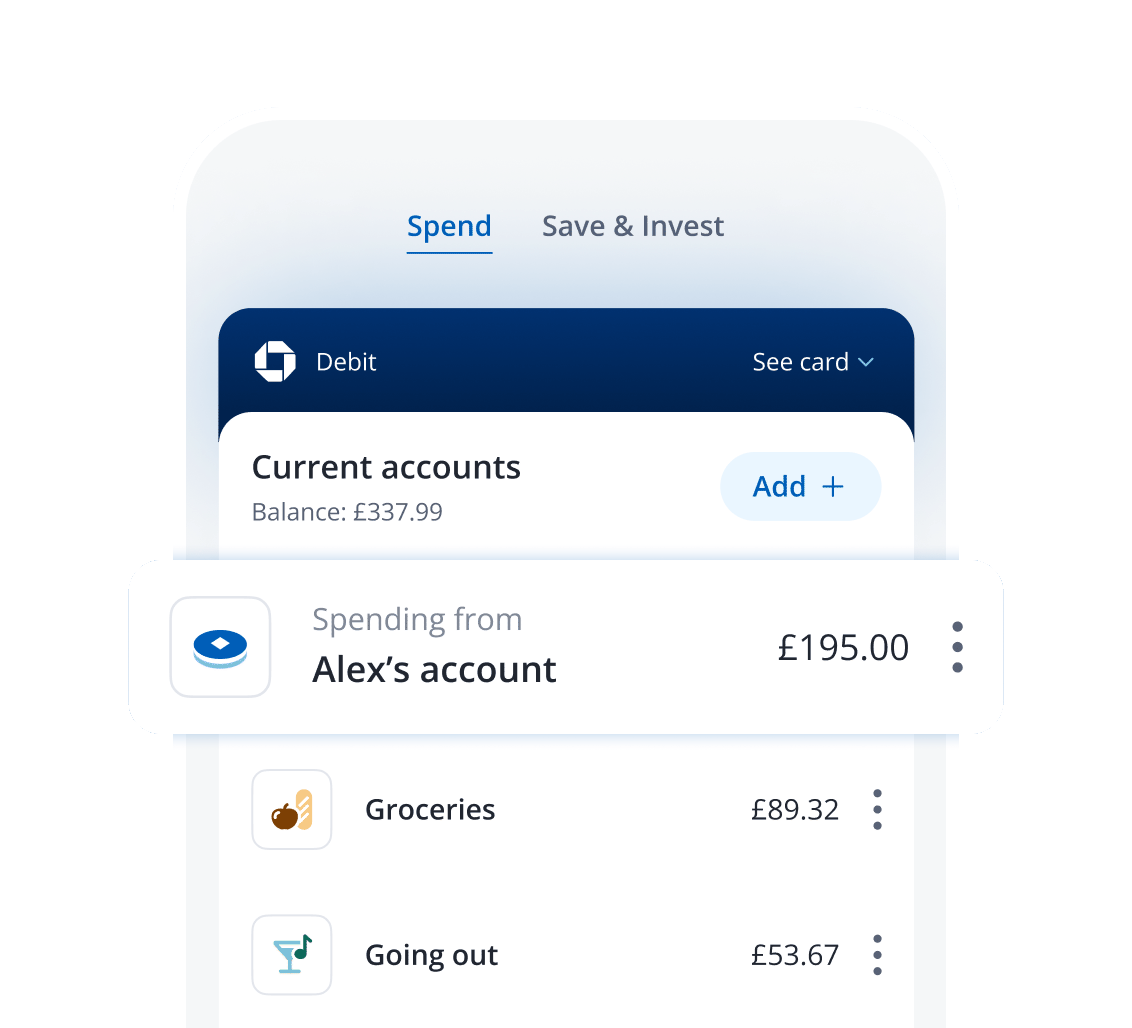money
How budgeting can help you stay on track
5 min | 25 September 2023



Building your first budget can feel daunting. Here are some steps to get you started.
Nearly 50% of people who responded to a recent Chase survey are struggling to make ends meet this year. If you're one of them – and feel a pay rise is not on the cards anytime soon – you may be wondering how you can make your money stretch. But with prices on everything from food to electricity still high, where do you start?
One way to gain more control over your spending is to create a budget to see more accurately where your money is going and where you can cut back to make savings.
What does a budget look like and what should you include in it?
A budget is a financial plan of your outgoings – the things you spend money on – versus how much you get paid per month. It helps you understand how much you can spend on things like clothes and socialising without running out of money to pay for essentials such as rent and food or an emergency such as a mobile phone repair.
The Chase survey revealed the categories that people are cutting back most are takeaways (21%), furniture (19%), clothing and accessories (17%) and socialising and going out (11%). Consider using these as a starting point for where you may be able to trim some outgoings from your spending.
Whether you’re a budgeting beginner or seeking to reboot your personal finance management, we’ve compiled some steps to get you started.
Start with a spreadsheet
Any budget begins with an understanding of your real spending and earnings (e.g salary or money from side hustles). We suggest a good, old-fashioned spreadsheet, which sounds more boring and technical than it really is.
If you've never created a spreadsheet, it’s a document where information is arranged in rows and columns. A digital spreadsheet allows you to do automatic calculations. This can come in handy for budgeting because it allows you to experiment with your target spending. For example, you can see how much reducing spending in one area could help you save overall.
There are plenty of templates for budgeting available online, so you can shop around to find one that best suits your needs. Many of these online templates are free, although there are also paid tools and apps that can do much of the work for you.
If you’re tech savvy, another option is to upload your transaction data directly from your bank into an online spreadsheet, or simply download the data and add it yourself.
Sitting down with a spreadsheet might not feel like the most glamorous activity, but it could help you feel in control – so find a budget format that works for you.
Keep on track of your outgoings
Monitoring your spending weekly could help you keep in line with your budget, especially if you have an unplanned expense such as car repair. The foundation of a healthy budget is when your outgoing costs are less than your income. Ideally, you’ll still have money to go to savings and an emergency fund.
To support customers with actioning their budgets, Chase lets you set up multiple current accounts. Since you can spend from these directly, it might help you track your spending throughout the month.
Budgeting to save
When your income and outgoings are laid out in a document in front of you, it's easier to have a complete overall picture of your budget. You also have all the details you need to identify areas in which you can make savings. How much would you save over a month if, for example, you stopped buying a daily coffee from a high-street chain?
People tend to spot more inefficiencies in the budget when they fully understand their income and outgoings. Take grocery shopping, for example: 67% of surveyed Chase customers saw an increase in grocery costs this year, indicating that this is a category ripe for a budgeting refresh.
Have you noticed any regular purchases that are more expensive in some outlets compared to the same item in others? Look into where the items you need are on offer, and remember that, sometimes, convenience stores charge a premium for items that cost less in a superstore.
If you find that your outgoings regularly exceed your income, try to reduce the deficit by cutting a little out of every spending category for a few months. Smaller reductions across the board are generally more manageable than large cuts in specific areas.
And don’t forget: it’s OK to talk to friends and family about money. Some of them may be in a similar situation to yours and may be able to offer useful budgeting tips.
Your relationship with your personal finances is lifelong – so the sooner you make budgeting a habit, the sooner you can feel more in control over your finances.
Recommended reading
- The first steps to take if you lose your job
- 10 ways to stop (over) spending
- How to save money on groceries
Whatever you decide to do, look after your money. Chase's easy-access saver account lets you start saving with as little as you like.
18+, UK residents. A Chase current account is required to open a saver account.


















